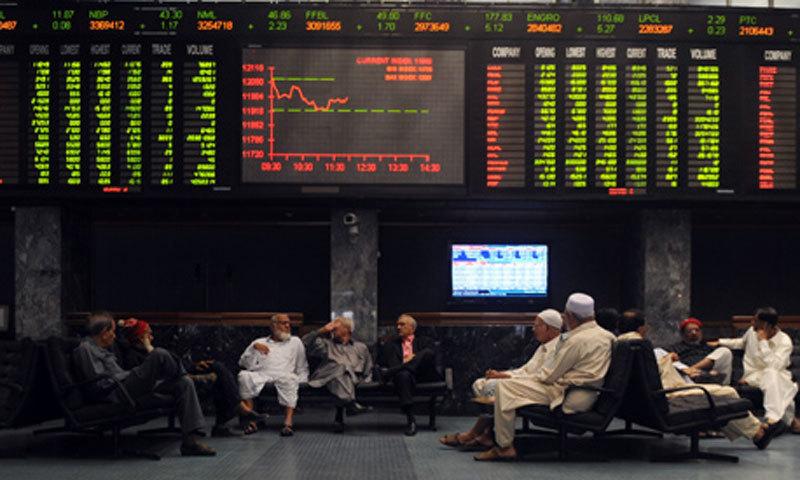No free lunch, no easy solution
There should be no doubt that when in 1996 Pakistan Tehreek-e-Insaf (PTI) was launched, it’s aim was to end corruption in the country.

Throughout Imran Khan’s political career, his focus was always centered on looted wealth; on the ardaris and the Sharifs. However, today, it seems like perhaps for Imran Khan, the removal of Zardari and Sharif represented an easy solution to the problems Pakistan faces. As opposed to changing the system, reforming the administration, making a team and planning, the eradication of the two rivals seemed like a much easier step to take.
It was not too difficult to brand the two “thieves” and build the impression that inflation, joblessness, injustices and systemic ills were all because of former rulers. It was easy then to sell the simplistic formula that the eradication of PML-N and PPP governments would automatically lead to the end of all problems.
Ironic then, that today the biggest pitfall that faces the government is the extremely simple solution it offered to these extremely complex problems.
Who can forget what Imran Khan had said before becoming Prime Minister? “I will commit suicide rather than going to the IMF [International Monetary Fund],” he had pledged. Who can forget that Asad Umar and Mian Atif were presented to the country as their economic saviors? According to Murad Saeed, now a Minister, as soon as PTI would form a government, it would bring back $200 billion of Pakistan’s looted wealth and pay off all international loans.
Today Pakistan is not ruled by Asif Ali Zardari. Nawaz Sharif is not the ruler in Islamabad. Imran Khan is sitting in the Premier’s seat since almost three years. The former two have been to jail. They have been bombarded with cases upon cases. But “Naya Pakistan” remains unchanged from the older one. Corruption continues unabated. The common citizen has received no relief. Inflation and unemployment rage on. The dreams of the youth are still shattered.
Affordable housing hasn’t been built, jobs have not been created. Necessary goods are outside the reach of the average citizen. Utility prices remain high.
In short, neither the departure of Zardari, nor the removal of Sharif has resulted in any kind of change. In many ways, matters have become worse, giving rise to more anxiety and hopelessness among the masses. The reason for all this is Imran Khan himself and the though process that PTI refuses to change.
Believing that the simple act of bringing Imran into power will be a universal panacea is something we must all now be concerned with. Compare PTI government’s performance to that of Zardari and Nawaz Sharif. The former has raised the price of gas and electricity by almost 30%. Circular debt has reached the horrifying figure of Rs. 2400 billion, and are projected to reach Rs. 3800 by 2025. Electricity costs, raised a stunning 22 times already, are set to be raised once again. Clarified butter [desi ghee] is more expensive by Rs. 200 while cow’s milk is more expensive by Rs. 100. Fuel and petroleum products have risen by Rs. 40 per liter. Vegetables, the staple food for all poor households, have also become more costly, by Rs. 40 to Rs. 100 per liter.
Burdened by the continuing destruction of the economy, industries are now mulling downsizing their staff by as much as 20%. Eid holidays, brought about by a covid wave, might result in a Rs. 11 billion daily loss to our export sector. Speaking of coronavirus, that brings its own set of problems quite unique to us. Sputnik, the vaccine developed by Russia, is retailing for Rs. 750 in India, while here it is being sold by Rs. 12,500.
In corruption indexes, we have been on a steady freefall. FDI has been reduced by 27% in just seven months.
Three years in power preceded by 22 years of struggle have ended in these depressing figures. Not one day of these years was spent on planning for resolving the country’s many issues. All that the party and its Chairman planned was to refer to Asif Ali Zardari and Nawaz Sharif as “thieves”. Perhaps they really did believe that all that nothing more than this over simplistic step was required.
As they say, it is not easy to fool all the people all the time, but PTI has surely fooled itself for 25 years now.














